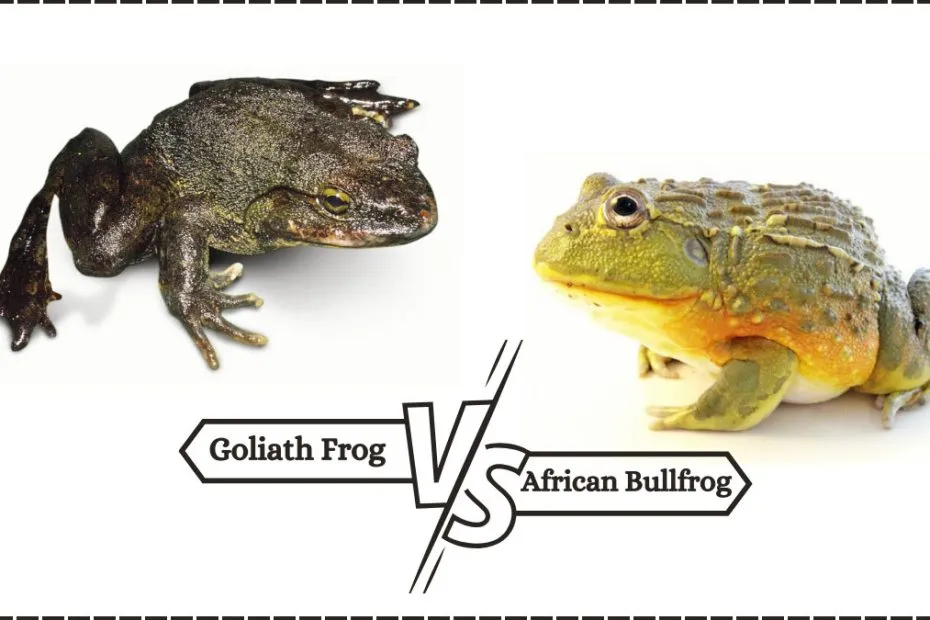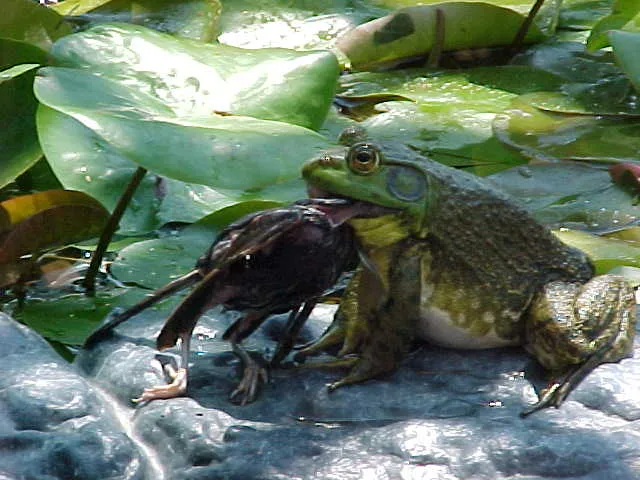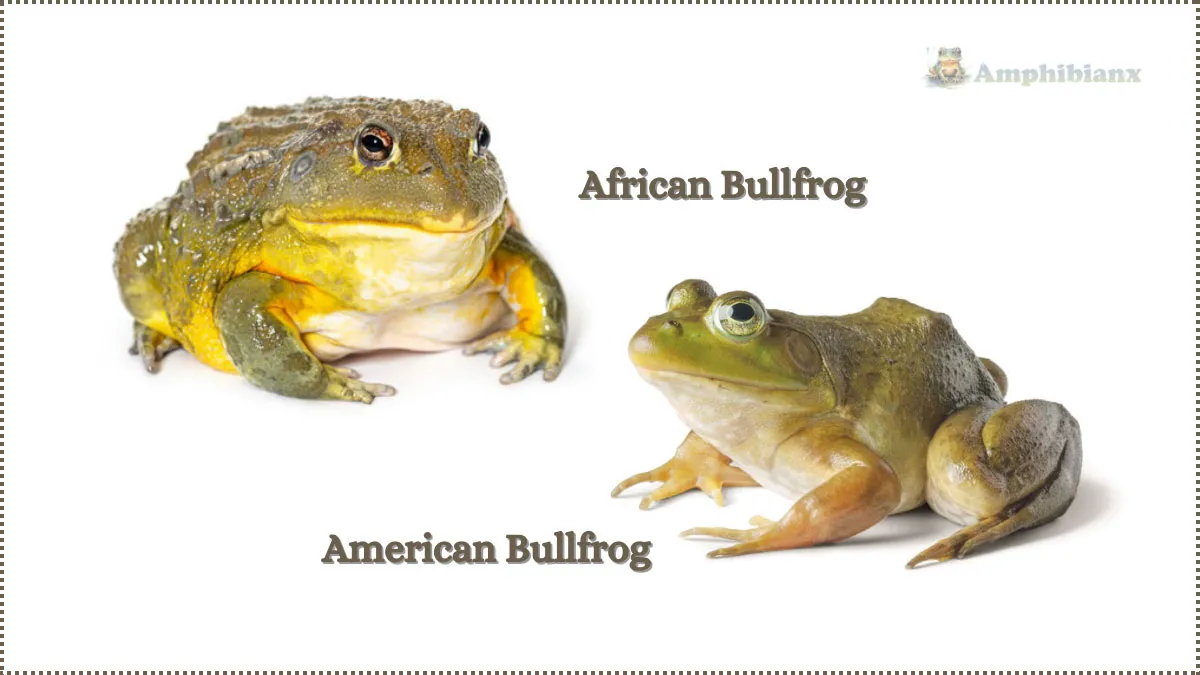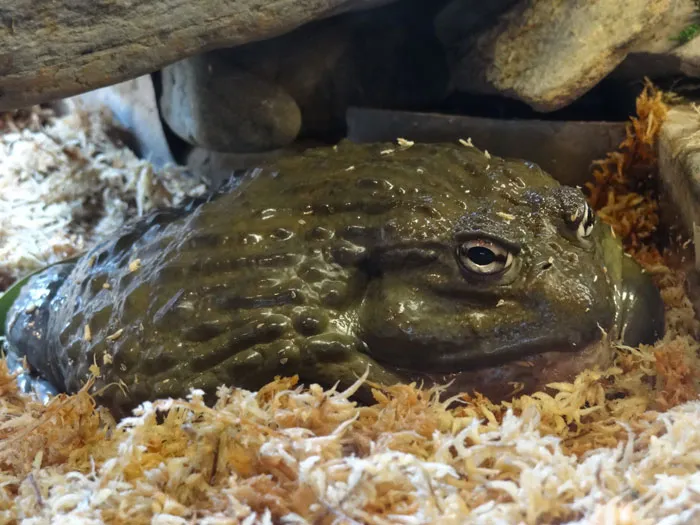African Bullfrog vs Tarantula Overview
The natural world is filled with incredible battles for survival, and few are as intriguing as the potential clash between an African bullfrog and a tarantula. This isn’t a common occurrence, but the sheer difference in their size and capabilities make it a fascinating thought experiment. This article dives into five key facts to analyze a hypothetical fight, exploring their size, weaponry, hunting styles, and environmental advantages. It’s a look into the brutal realities of the wild, considering which of these formidable creatures might come out on top if they were to meet.
Bullfrog vs Tarantula Fact 1 Size Matters
Size is a fundamental factor in any animal contest. The African bullfrog, a giant among frogs, can grow to impressive proportions. Their size gives them an immediate advantage in any confrontation. On the other hand, tarantulas, while appearing large due to their leg span, are relatively compact in body mass. This difference in scale significantly impacts their chances of winning a fight. Let’s break down the size difference to fully understand the advantage the bullfrog has.
Tarantula Size

Tarantulas vary in size depending on the species. While some, like the Goliath Birdeater, can have a leg span exceeding 10 inches, their bodies are generally smaller. Their size is still intimidating, making them formidable hunters of insects, but they are definitely not a match for the bullfrog. Their mass is also a lot less than the bullfrog, making them easily overpowered.
African Bullfrog Size
African bullfrogs are among the largest frogs in the world. They can reach lengths of up to 9 inches (23 cm) and weigh over 2 kilograms (4.4 lbs). This bulk gives them a significant advantage in any physical encounter. Their powerful build allows them to overpower prey with relative ease, making them a dangerous predator in their environment. Their robust size makes it difficult for the tarantula to inflict any lasting damage.
Bullfrog vs Tarantula Fact 2 Weapons and Defenses
The tools of the trade are crucial in any fight. Both the African bullfrog and the tarantula have unique offensive and defensive mechanisms. A breakdown of each creature’s capabilities will help illustrate the potential outcome of a battle. These inherent defenses and natural advantages are what make each animal so interesting.
Tarantula’s Defenses

Tarantulas possess several defenses. Their primary weapon is their fangs, which they use to inject venom into their prey, paralyzing them. They also have urticating hairs on their abdomen, which they can flick at predators as a deterrent. These hairs cause intense itching and irritation. Moreover, their bite can be painful, and they can deliver a venomous dose. However, against a bullfrog, these defenses may not be enough.
African Bullfrog’s Weapons
The African bullfrog has a powerful bite and a sticky, extendable tongue designed for catching prey. Its large size and strong jaws give it a considerable advantage in a physical confrontation. They can also inflate their bodies to appear larger, which can deter potential predators. Their powerful bite and ability to swallow large prey whole make them a formidable opponent.
Bullfrog vs Tarantula Fact 3 Hunting Strategies
How an animal hunts is a significant factor in its success. The African bullfrog and the tarantula have very different hunting strategies that highlight their unique adaptations. These tactics determine their success in the wild and would play a crucial role in a hypothetical fight.
Tarantula Hunting

Tarantulas are ambush predators, waiting patiently for prey to come close. They rely on their sensitive hairs to detect vibrations and then pounce on their target, injecting venom to subdue it. They are generally not active hunters, preferring to wait for their prey to come to them. Their hunting style is well-suited for small prey.
Bullfrog Hunting
African bullfrogs are sit-and-wait predators, but they will actively pursue prey if the opportunity arises. They use their powerful tongues to snatch insects, smaller amphibians, and even rodents. Their ability to swallow large prey whole gives them a distinct advantage. They will eat anything that fits in their mouth and is within reach.
Bullfrog vs Tarantula Fact 4 Habitat Advantage
The environment where a fight occurs can significantly influence the outcome. The African bullfrog and the tarantula have different habitat preferences. This section examines how their natural environments would impact their chances of success in a battle.
Tarantula Habitat

Tarantulas typically inhabit burrows in the ground, under rocks, or in dense vegetation. Their habitat provides them with cover and protection from predators. They thrive in warm, humid environments. However, this habitat may not give them an edge against a bullfrog.
African Bullfrog Habitat
African bullfrogs are primarily aquatic, often found near ponds, swamps, and other bodies of water. This environment offers them protection from predators and provides ample opportunities to ambush prey. The water can give them an advantage in both offense and defense. Their size also allows them to dominate in their habitat.
Bullfrog vs Tarantula Fact 5 The Outcome Prediction
Predicting the outcome of a fight between a bullfrog and a tarantula requires considering all the factors discussed. While the tarantula has venom and defensive hairs, the bullfrog’s size, powerful bite, and hunting style give it a decisive edge. Let’s weigh the factors and see which creature is more likely to win.
Factors Affecting the Outcome

The fight’s outcome depends on various factors, including the specific species of tarantula, the individual animals’ health, and the environment. However, the bullfrog’s size and hunting abilities are major advantages. The tarantula’s venom might incapacitate the bullfrog, but the frog’s thick skin and size make it less vulnerable. The tarantula needs to land the perfect bite, otherwise, the bullfrog will win.
Final Verdict
In a direct confrontation, the African bullfrog would likely defeat the tarantula. The bullfrog’s size, powerful bite, and hunting strategy give it a significant advantage. While the tarantula might inflict a bite, its venom is unlikely to overcome the bullfrog’s size. The bullfrog’s ability to swallow large prey also means that, if it catches the tarantula, it could simply consume it. Therefore, the African bullfrog is the clear favorite in this hypothetical battle. In most cases, the tarantula is more likely to become a meal than a predator in this scenario. The bullfrog’s sheer size and predatory nature make it a formidable opponent for the tarantula.
